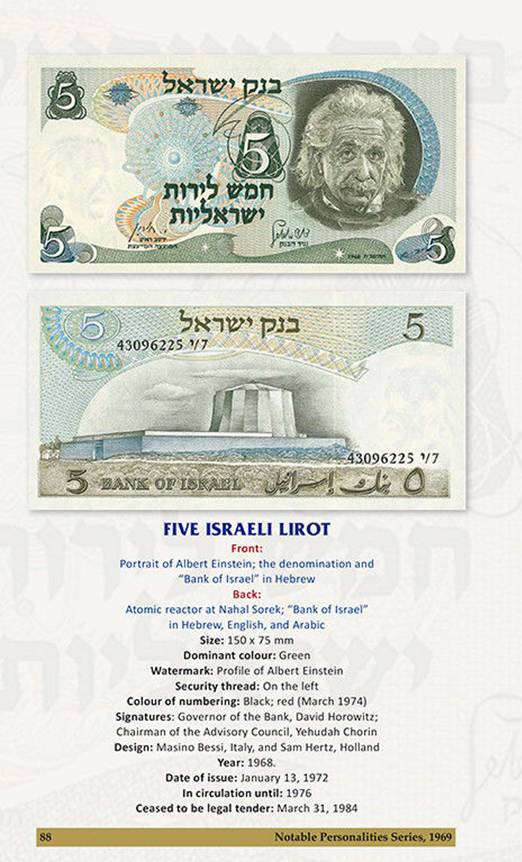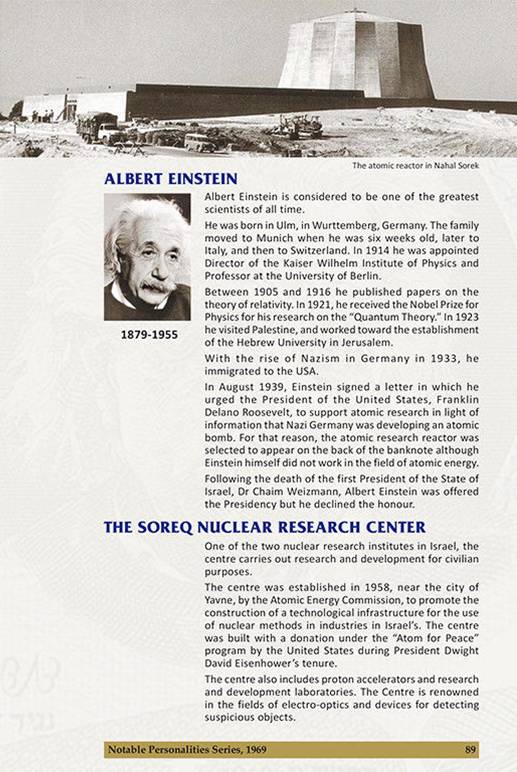To Apply for Shekel Prize
5189 Jeffdale Avenue, Woodland Hills, CA 91364 or ainapresident@gmail.com.
It must have been published in the previous year. Deadline is March 1.
2020 Shekel Prize Announced
The winner of the coveted Shekel Prize for the best book published in 2019 on the subject of Israel, Holy Land or Judaic Numismatics is “Israel Numismatic Research,” edited by Dr. Donald Ariel and published by the Israel Numismatic Society, Dr. Haim Gitler, President. The announcement was made by Mel Wacks, chair of the committee, that includes distinguished scholars David Hendin and Dr. Ira Rezak. Hendin remarked that “The INR is really a kind of a miracle. All of the numismatists in Israel have worked together to published this world-class journal for 14 years and on time. They encourage articles from authors all over the world and everything deals with numismatics of Israel ― ranging from ancient to near-modern times.” The Shekel Prize has been awarded annually since 2018, when it was established by the American Israel Numismatic Association. The distinguished authors of articles in the winning issue of INR run from A (Donald Ariel’s “A Second Seleucid Coin Attributed to Jerusalem,” to Z (Linda Zollschan’s “The Conclusion of the First Jewish Revolt: Interpreting IVDAEA RECEPTA.” And topics range from “Test Cuts on Philistian Sheqel /Quarters: A Case Study” by Haim Gitler and Oren Tal, to “A Rare Gold Theodor Herzl Medal” by Ira Rezak.
David Jacobson Wins 2021 Shekel Prize
David Jacobson, Associate of the Faculty of Oriental Studies Faculty, University of Oxford, has won the Shekel Prize Medal, awarded by the American Israel Numismatic Association for “Agrippa II, the Last of the Herods” as the best 2020 publication on Judaic/Israel numismatics. Jacobson has described his attraction to the subject: “What drew me to studying the coinage of the last Herodian monarch Agrippa II, the last Herodian king in the Land of Israel were its distinctive characteristics. His coin issues are prolific, almost equalling the combined total of all the previous Herodian kings and tetrarchs. Its other striking feature was the closeness of its various coin designs to those of Roman coins. “I quickly realised that the coinage of Agrippa II had hitherto not received adequate treatment and so decided to investigate it myself. In my first study of this coinage, I was able to show that the coin denominations reflect a move to integrate Agrippa II’s currency system with the Roman one (Israel Numismatic Journal 19 (2016), 63-75). Delving deeper, I found that I could use the era used on his coins to pinpoint the year of his death to 94/95 CE. Hitherto, the end of Agrippa’s reign had remained an unsettled question, in contention among scholars. “When I began to examine Agrippa II’s coins, it struck me that there was no proper biographical study of that king, so I decided to write my own account, which has now been published under the title Agrippa II: The Last of the Herods. This monograph reveals important new facts about him, his relationship with his sister Berenice and the reasons for Agrippa's abandonment of the Jews during and after the war against Rome (the First Revolt). These findings are in addition to what I have managed to learn about Agrippa II and his times from his coins. I hope that those interested in the Herodian kings and numismatics will wish to read my book and perhaps find answers to some of their questions.”









